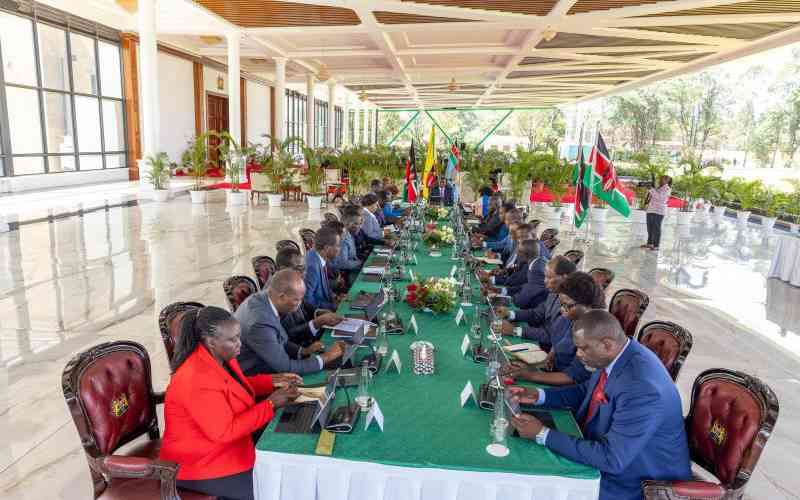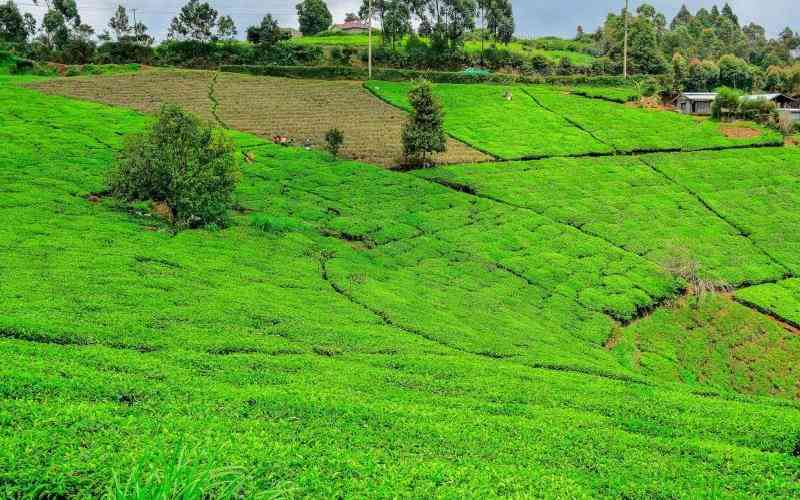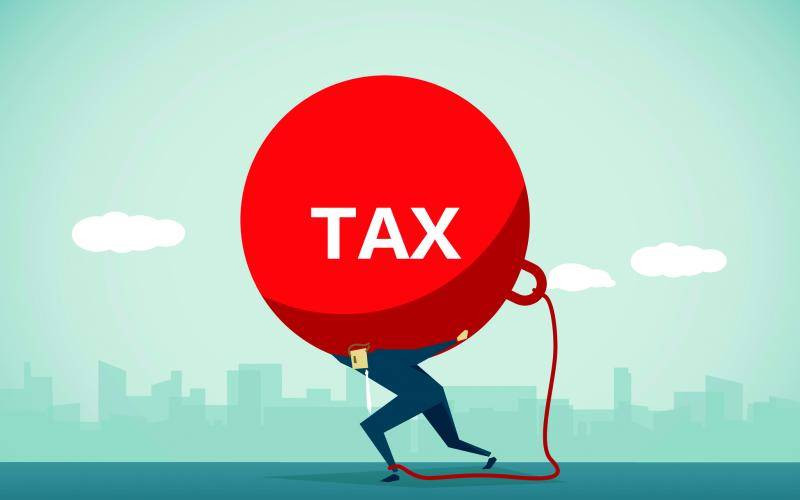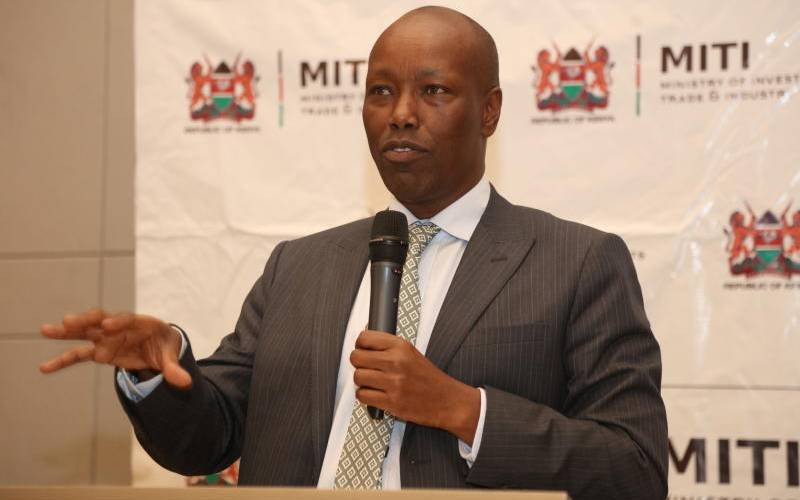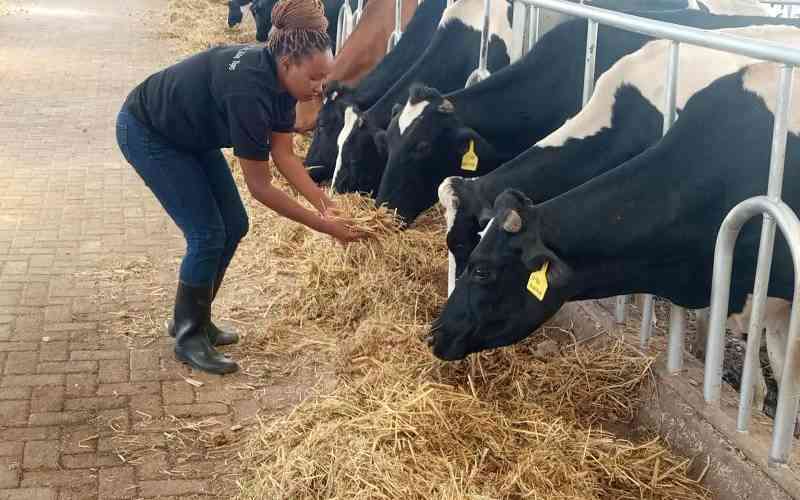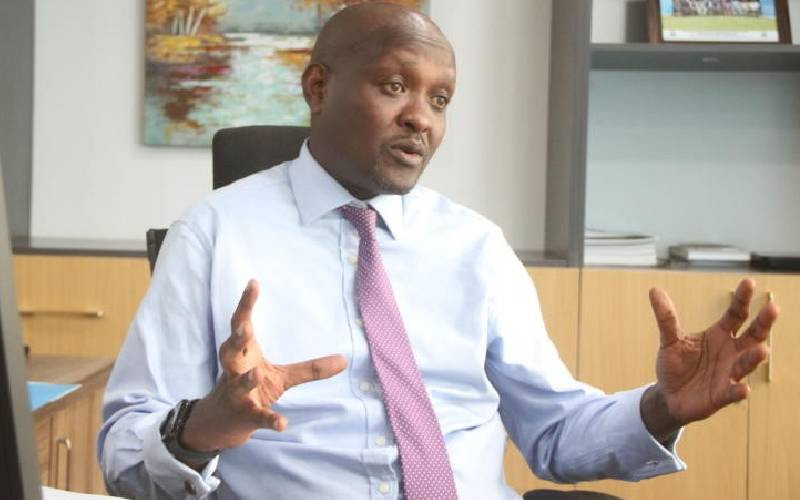×
The Standard e-Paper
Informed Minds Prefer The Standard

The article 'Murkomen: The Sh700 million man with a taste of the finer things of life' was devoid of any balance and fairness, the core tenets of journalism which any respectable newspaper is expected to uphold.
Clearly aimed at transmogrifying the former Roads and Transport Cabinet Secretary Kipchumba Murkomen into a monster, the article by Graham Kajilwa went about cherry-picking frivolous or outright unfortunate events during Murkomen's tenure - some of which he had nothing to do with - to paint him in a negative light.
